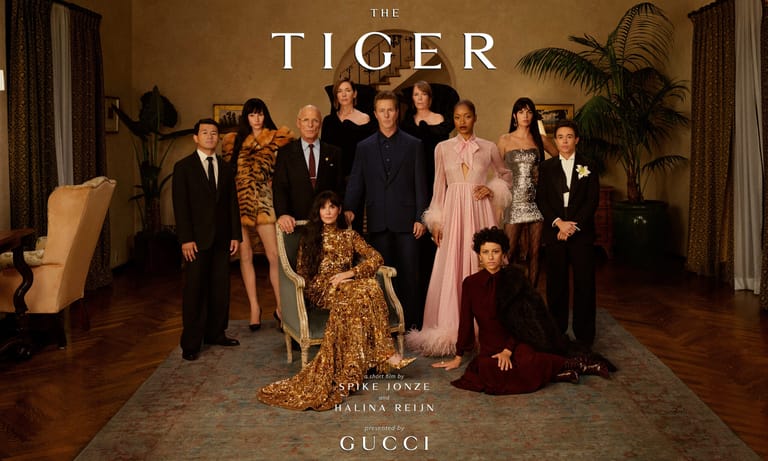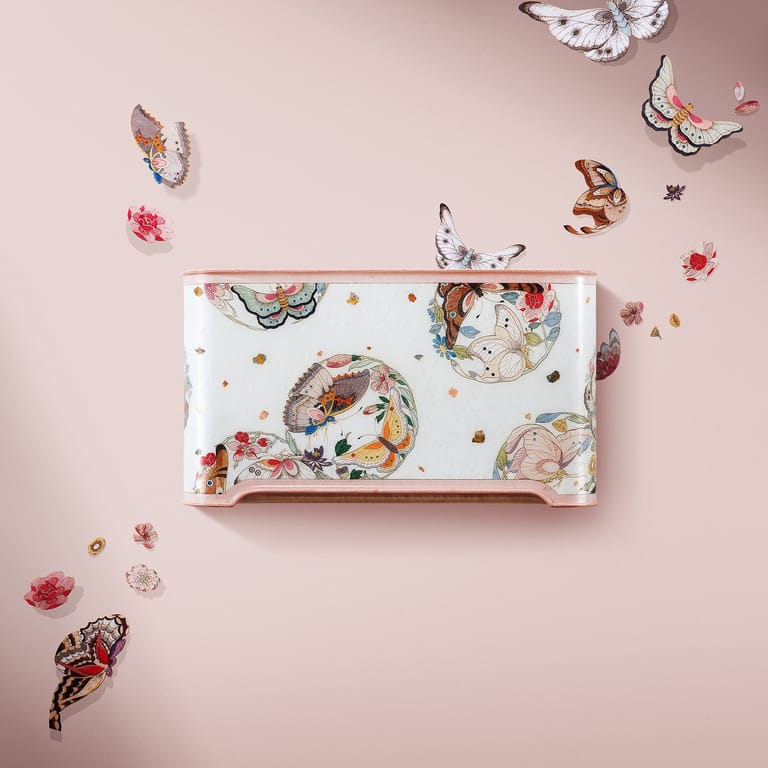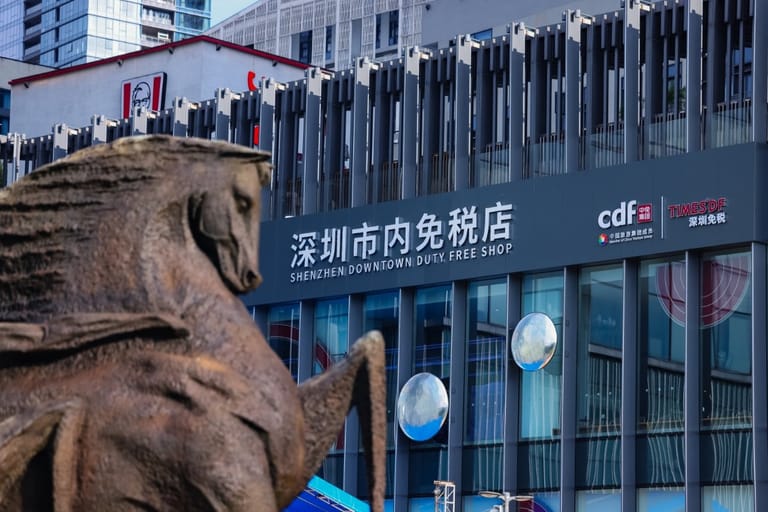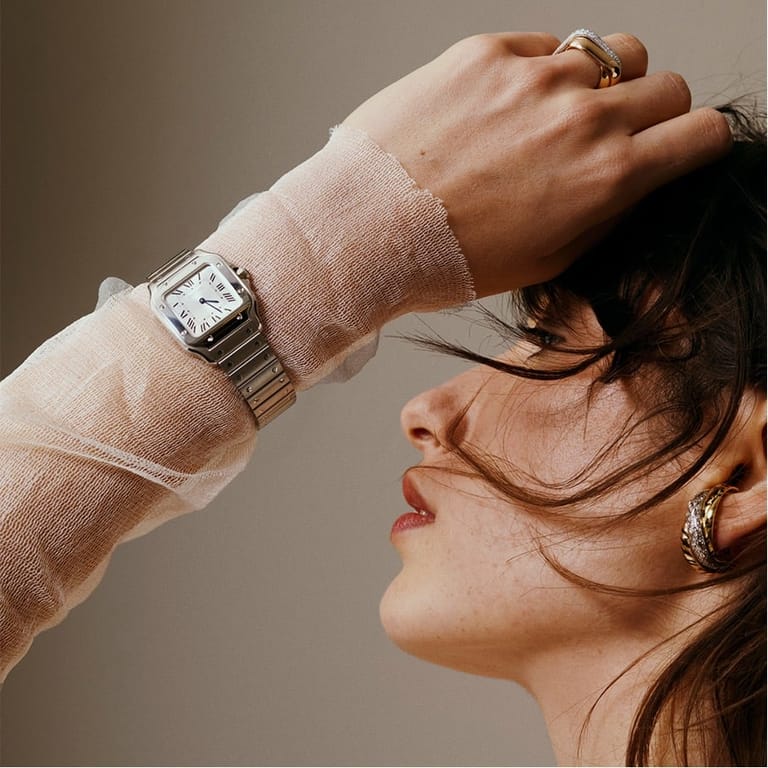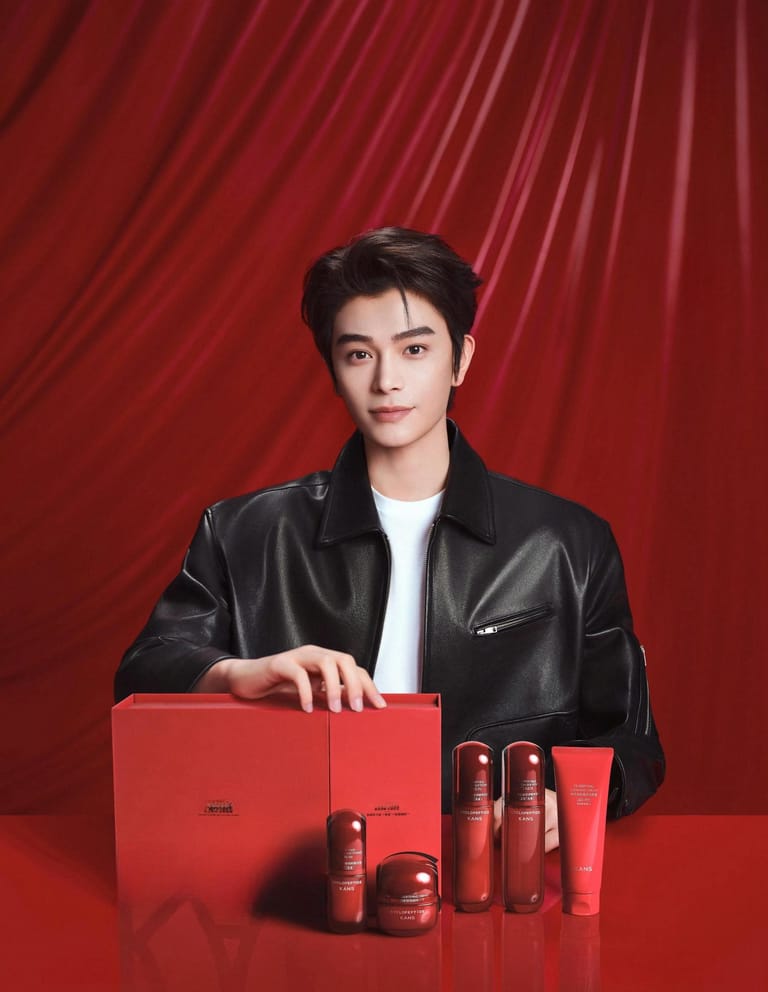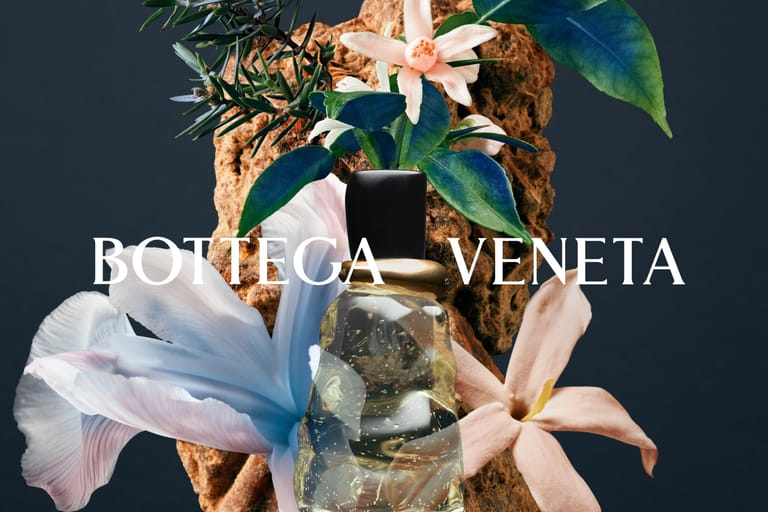Monday Briefing: China’s Consumption Playbook, Tariff Turbulence, and the Future of Luxury Beauty
By
Wenzhuo Wu

Published on
March 10, 2025

Start your week with sharp analysis and fresh insights into China’s latest cultural, luxury, and consumer trends. Monday Briefing connects the dots between local shifts and global repercussions, highlighting relevance to the luxury market, business strategies, and modern lifestyle trends shaping our world today.
As China charts its economic course for 2025, policymakers and global brands alike are navigating a landscape shaped by strategic consumption initiatives, trade tensions, and luxury market evolutions. The latest developments—from Beijing’s economic blueprint to shifting trade dynamics and brand expansions—offer a compelling snapshot of the state of China’s consumer and retail industries and the future.
China’s Economic Agenda: Consumption as a Cornerstone
The 2025 Government Work Report, delivered during the Two Sessions, underscores the centrality of domestic consumption to China’s economic recovery. Key measures include boosting household incomes and strengthening consumer confidence—policies closely watched by global luxury and retail players reliant on China’s high-spending demographic.
In tandem, China’s commitment to fostering private enterprise and foreign investment signals an effort to revitalize economic momentum. The push for green and digital transformations, particularly in retail, aligns with broader global trends where sustainability and tech-driven personalization define the next phase of consumer engagement. For international brands, this presents both an opportunity and a challenge—adapting to a rapidly digitizing and increasingly value-conscious Chinese consumer base.
Tariff Headwinds: The Uncertain Cost of Trade Tensions
The specter of trade tariffs looms large over global retail, with U.S. trade policy potentially exacerbating inflationary pressures. Adidas China’s 10.3% revenue growth in 2023 underscores the resilience of international brands in the Chinese market, but looming tariff hikes could dampen broader consumer sentiment. Victoria’s Secret has already projected a $10 million to $20 million hit to its operating income in 2025 due to China-related tariffs, signaling that apparel and luxury goods could face notable pricing pressures.
For brands operating in China, the key question is whether companies will absorb these tariff-induced cost increases or pass them on to consumers. Given the price sensitivity of mass-market segments, luxury brands may be better positioned to sustain premium pricing, but even they will need to balance cost structures with evolving consumer expectations.
Louis Vuitton’s Beauty Play: A New Chapter in Luxury Expansion
Louis Vuitton’s entry into cosmetics, helmed by industry titan Pat McGrath, marks a strategic expansion into a category that has proven lucrative for other luxury houses. With China remaining a critical market for beauty and personal care, La Beauté Louis Vuitton arrives at a time when Chinese consumers continue to seek ultra-premium, heritage-backed beauty products.
However, Louis Vuitton’s foray into beauty comes with challenges. The sector has been highly competitive, with major luxury peers such as Chanel, Dior, and Hermès already well-established in the space. By joining the playground later than its rivals, the luxury powerhouse must carve out a unique positioning to distinguish itself. The brand’s prestige and McGrath’s creative direction may work in its favor, but differentiation in a crowded marketplace will be crucial to its long-term success in China.
As China recalibrates its economic priorities and global brands navigate policy shifts, the overarching theme remains one of adaptation. Whether through government-driven consumption incentives, strategic pricing amid tariff uncertainties, or category expansions that deepen consumer connections, the luxury and retail sectors are undergoing a transformation that will define the next chapter of China’s consumer economy.


